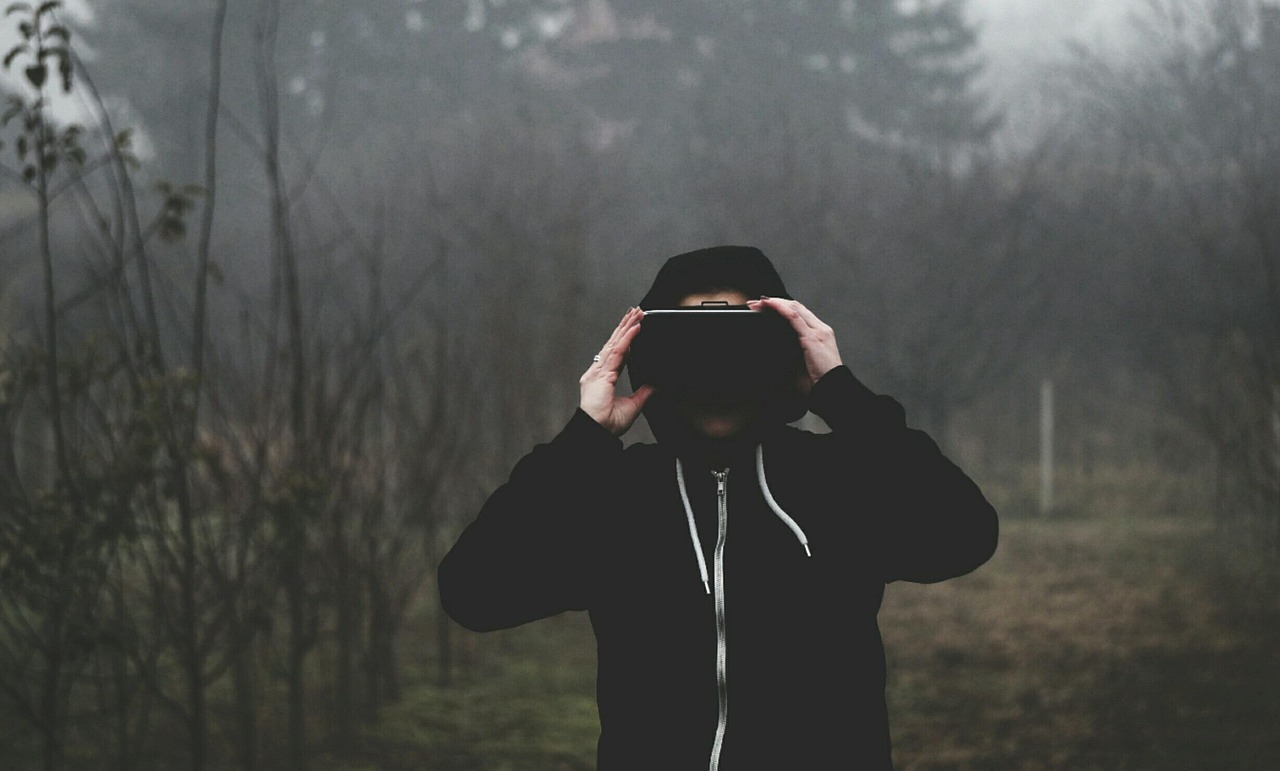Samsung’s highly anticipated entry into the extended reality market, codenamed Project Moohan and potentially launching as the Galaxy XR headset, has leaked in full detail, giving us our first comprehensive look at how it stacks up against Apple’s Vision Pro[3]. With both tech giants now competing in the premium XR space, early hands-on experiences reveal surprising similarities alongside notable differences that could shape the future of spatial computing.
Powerhouse Performance and Specifications
Project Moohan leverages the Snapdragon XR2+ Gen 2 chipset to handle its computational demands, while a sophisticated array of sensors and cameras enable comprehensive hand, eye, and environmental tracking[1]. The device appears positioned as Samsung’s answer to Apple’s Vision Pro rather than Meta’s Quest gaming-focused lineup, with Android XR serving as the platform’s foundation to expand the Android ecosystem into virtual and augmented reality[2].
The headset features multiple tracking capabilities that work in concert to deliver a seamless mixed reality experience[4]. This includes advanced eye tracking technology that, notably, requires a significantly faster setup process than Apple’s implementation—taking one-third the time to calibrate while delivering comparable accuracy[2].
Control Methods: Different Philosophies
One of the most striking differences between the two headsets lies in their control paradigms. Project Moohan incorporates a trackpad surface mounted on the side of the headset, providing users with an additional input method that the Vision Pro lacks entirely[2]. This hardware addition gives Samsung’s device more versatility in how users can interact with their virtual environment.
Both devices support the “look and pinch” gesture control system, where users direct their gaze at interface elements and pinch their fingers together to select them[2]. However, the Apple Vision Pro relies more heavily on eye controls as its primary interaction method, whereas Project Moohan appears designed for more balanced hand gesture control[2]. Both headsets also feature ray pointing capabilities, allowing users to point and interact with distant objects in their field of view[2].

Visual Experience and Spatial Awareness
Early impressions suggest Project Moohan delivers a slightly narrower field of view compared to the Apple Vision Pro, though both provide immersive visual experiences[2]. Where Samsung’s headset particularly impresses is in its contextual depth awareness—the device can recognize physical objects in a room and allow users to position virtual windows behind them, with the interface fading appropriately to acknowledge the spatial relationship[2].
While this depth tracking doesn’t yet persist perfectly when objects are released—virtual windows tend to snap back to the foreground—it demonstrates sophisticated environmental understanding that could improve with software updates[2]. The Apple Vision Pro, meanwhile, delivers what users describe as a polished, premium experience with consistently responsive interaction[2].
Premium Build and Design
Both manufacturers have prioritized premium materials and construction in their respective headsets. The Vision Pro is known for its refined touch and polished feel that meets user expectations for Apple’s signature quality[2]. While detailed design specifications for Project Moohan remain limited, the device appears to follow Samsung’s design language while incorporating practical elements like the side-mounted trackpad[3][4].
The Ecosystem Question
The comparison ultimately raises a fundamental question about positioning: Is Project Moohan targeting the same market as Meta’s Quest series, or is it a direct competitor to Apple’s Vision Pro? Early indications point strongly toward the latter[2]. Just as the Vision Pro aims to extend Apple’s iOS ecosystem into spatial computing, Android XR with Project Moohan appears designed to bring the full Android platform into mixed reality environments[2].
Both Samsung and Apple are leveraging their well-established ecosystem integration capabilities, though the full extent of Project Moohan’s connectivity with Samsung’s Galaxy devices and services has yet to be revealed[2]. This ecosystem integration will likely prove crucial to the success of either platform, as users increasingly expect seamless experiences across their devices.
What This Means for Consumers
The emergence of Project Moohan as a legitimate competitor to the Vision Pro signals that the premium XR market is expanding beyond a single vendor. While the Vision Pro launched at a significantly higher price point than Meta’s gaming-focused Quest lineup, Samsung’s entry could provide consumers with more choice in the high-end spatial computing space[2].
With both devices offering sophisticated hand and eye tracking, immersive displays, and deep ecosystem integration, the competition will likely drive innovation and potentially more accessible pricing as the technology matures. As Project Moohan moves toward its anticipated launch later this year, the XR landscape is poised for significant evolution[3].
Sources:
[1] https://www.gsmarena.com/samsungs_vr_headset_project_moohan_leaks_in_full-news-69864.php
[2] https://www.youtube.com/watch?v=dvLzXjj7TfE
[4] https://www.androidheadlines.com/samsung-galaxy-xr
https://i.ytimg.com/vi/dvLzXjj7TfE/maxresdefault.jpg
